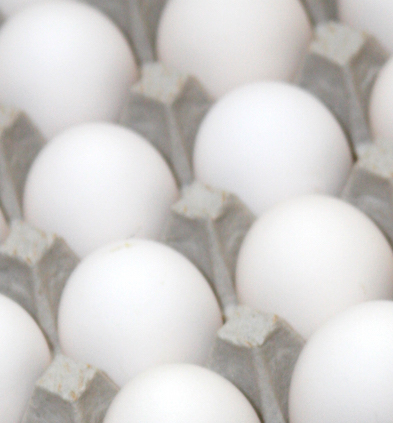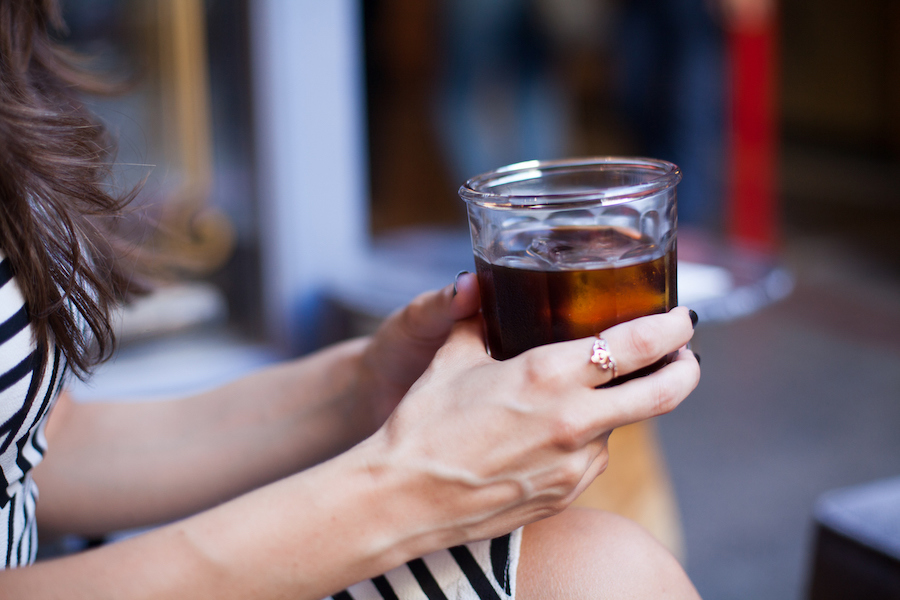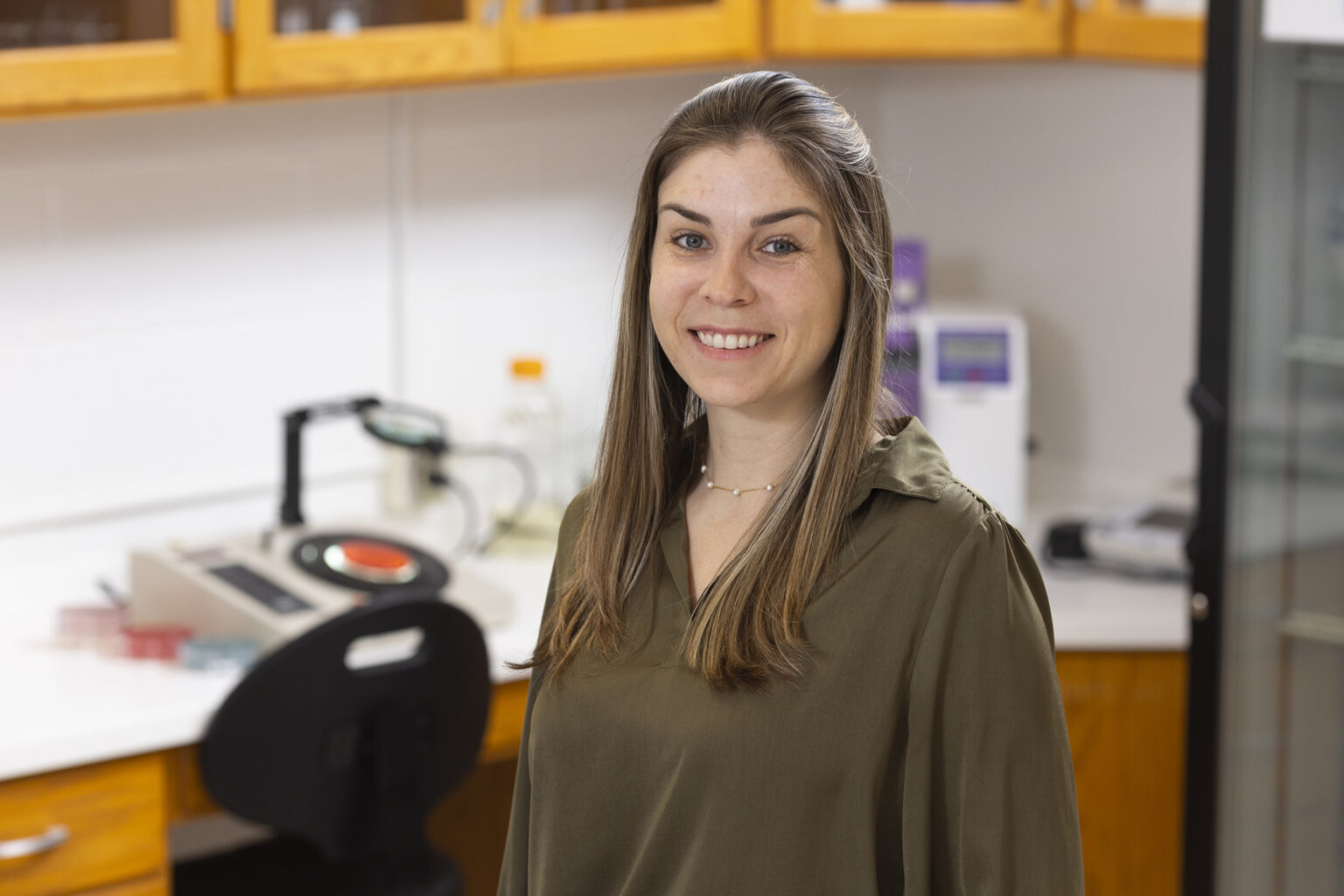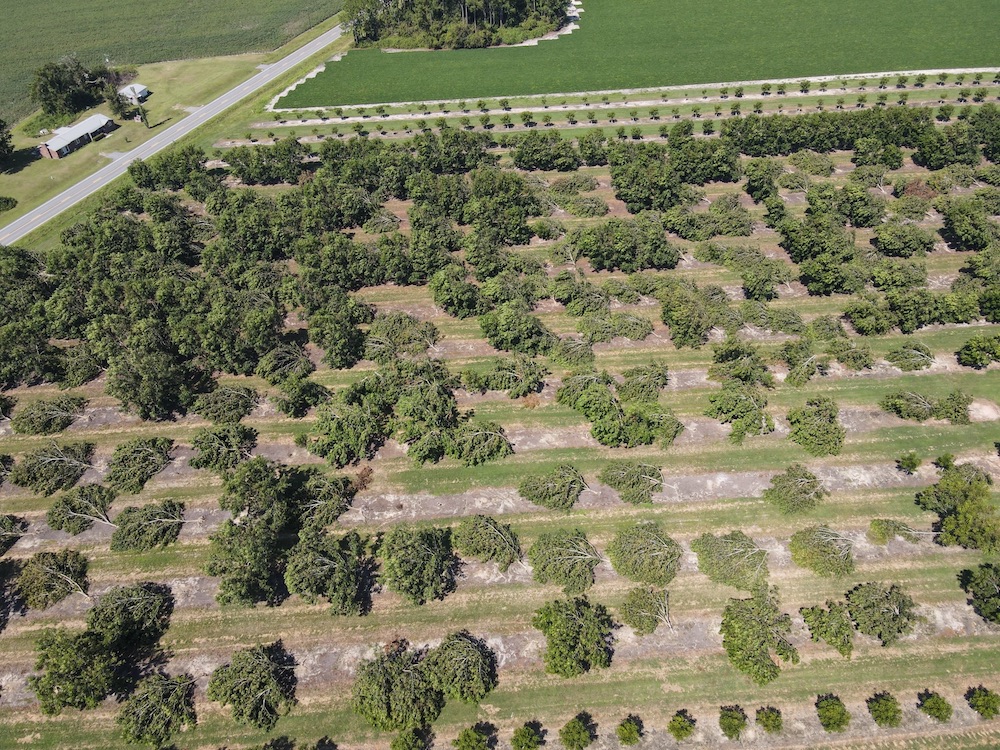Easter is right around the corner, and while this holiday can mean different things to different people, many celebrate it with egg dyeing, Easter egg hunts and family meals.
That means food safety needs to be part of these springtime traditions too.
It’s important to consider how dyeing eggs or leaving food out might affect how edible these Easter goodies actually are. University of Georgia Professor and UGA Extension Food Safety Specialist Elizabeth Andress has some tips for keeping Easter healthy and happy.
Dyeing eggs
The best dyed egg results come from careful preparation and a watchful eye. When you place your eggs in the water to boil, place them very carefully so that you don't crack them. Eggs should be boiled for about 12 minutes to ensure they are fully cooked.
If you plan on eating your eggs, it is crucial to use only food-grade dyes. Eggs may be left out for short time, but Andress warned that eggs should not be left unrefrigerated indefinitely.
“All perishable foods should be limited to a total of two hours in what we call the ‘temperature danger zone’ of 40 to 140 degrees Fahrenheit,” she said.
“That includes time during preparation, serving and the time until it is ready to put back in refrigeration.”
Easter egg hunts
Easter egg hunts are one of the most fun and kid-friendly traditions surrounding Easter. Searching for brightly colored dyed eggs is traditional, but using plastic eggs filled with yummy treats is a great alternative. That way there will be no ruined eggs or unfound ones left to rot in your yard.
If you are planning an Easter egg hunt with candy or other little treats, make sure to set it up shortly before the hunt begins. You do not want to leave candy in plastic eggs outside for too long, as it may attract unwanted pests.
Always make sure to hide eggs in safe spaces that are free of pesticides, chemicals, fertilizers and any other outdoor hazards to food.
For an egg hunt with “real” eggs, follow these simple tips.
- Hunt eggs for two hours or less — limit the hunt to one hour if the outdoor temperature is 90 F or higher.
- Only hunt eggs with uncracked shells that have been refrigerated.
- Hide eggs in areas that are clean and not highly susceptible to bacteria.
- Wash and refrigerate found eggs at 40 F or below if they are going to be eaten.
- Eggs must be eaten within seven days of cooking.
Ham
Ham is a classic staple at many Easter feasts. Here are some of the most common types of ham and how they should be handled.
- Fully cooked/spiral cut: These preprepared hams are readily available in grocery stores and specialty retailers. These hams can be served cold or reheated, but if reheated, the temperature should reach at least 140 F. Ham should not sit out after cooking for more than two hours.
- Uncooked, fresh ham: This uncooked cut of ham should reach an internal temperature of at least 145 F. This temperature should be reached by cooking it in an oven at 325 F or higher for 22 to 40 minutes per pound, depending on cut and size, according to www.foodsafety.gov/keep/charts/hamcookingchart.html.
Salads
In the South, Easter is often the time when the first homemade potato and pasta salads of the year hit the table. Coleslaw is also popular this time of year. Then there are those family-favorite salads that might include gelatin, cream cheese and cut-up fruit or vegetables. Today, many cooks are getting creative with all kinds of prepared vegetable and/or cooked grain side dishes.
These creamy, tangy, cool and colorful treats are a great part of Easter dinners and potlucks, but people need to remember that any salad or side dish that contains pastas, potatoes, cooked grains or cut-up vegetables needs to be handled safely. Follow the same rules as for Easter eggs and Easter ham — food items should not be on the counter, table or anywhere at room temperature for more than two hours total. Any foods that have prepared ingredients, or those needing refrigeration before using, should also be handled following the same refrigeration rule.
For more information about keeping your Easter meals safe, visit www.fcs.uga.edu/extension/food.







